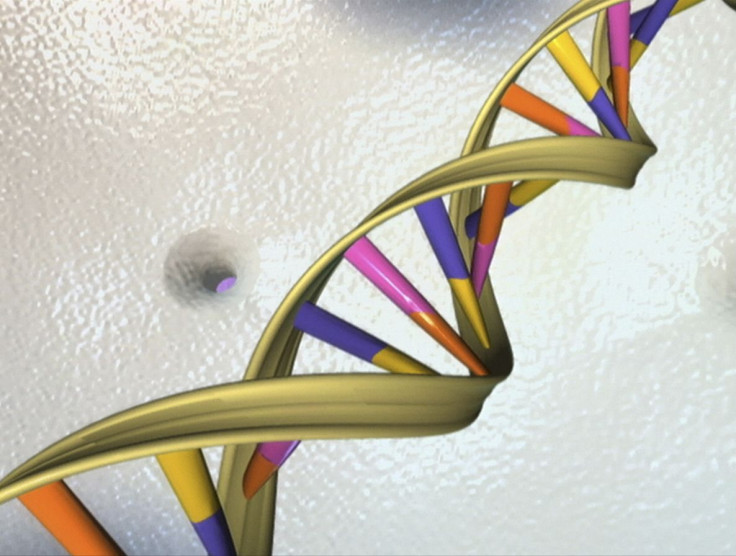Scientists Coax DNA Nanotubes Into Assembling Into Bridge-Like Structures

A team of researchers from Johns Hopkins University has succeeded in creating bridge-like structures made of two DNA nanotubes in a feat they said resembled a “high-wire circus act.” The procedure, described in a study published in the latest edition of the journal Nature Nanotechnology, could help scientists connect electronic medical devices directly to living cells.
“Such technologies could be used to understand nerve cell communication or to deliver therapeutics with unprecedented precision,” Johns Hopkins University said in a statement released Thursday. “Molecular bridge-building ... is also a step toward building networked devices and ‘cities’ at the nanoscale, enabling new components of a machine or factory to communicate with one another.”
In order to assemble these bridges, the researchers began with a pair of molecular “landmarks,” separated by approximately 6 microns, attached to transparent glass. Then, they attached short sequences of synthetic DNA — molecules that have the ability to assemble themselves into long, tube like structures — to these anchor posts.
“The segments formed two nanotube chains, each one extending away from its anchor post. Then, like spaghetti in a pot of boiling water, the lengthening nanotube chains wriggled about, exploring their surroundings in a random fashion,” the researchers explained in the statement. “Eventually, this movement allowed the ends of the two separate nanotube strands to make contact with one another and snap together to form a single connecting bridge span.”

According to the study’s lead author Abdul Mohammed, if this process were to happen at the human scale, “it would be like one person casting a fishing line from one side of a football field and trying to hook a person standing on the other side.”
The whole process, from the start to the finish, took roughly six hours, and was captured on video, which has been sped 5,000 times. Depending on the distance between the two molecular anchors, the researchers said, the entire process could take anywhere between several hours to two days.
© Copyright IBTimes 2025. All rights reserved.






















